- Email us at:info@misterconcrete.co.uk
Concrete is one of the most used materials in the building industry (if not the most used one). Ancient Romans used it for their buildings and spread its use across the whole Europe. Of course it wasn’t concrete as we know it today but it served its purpose quite well. We can still admire Roman megalomaniac buildings nowadays.
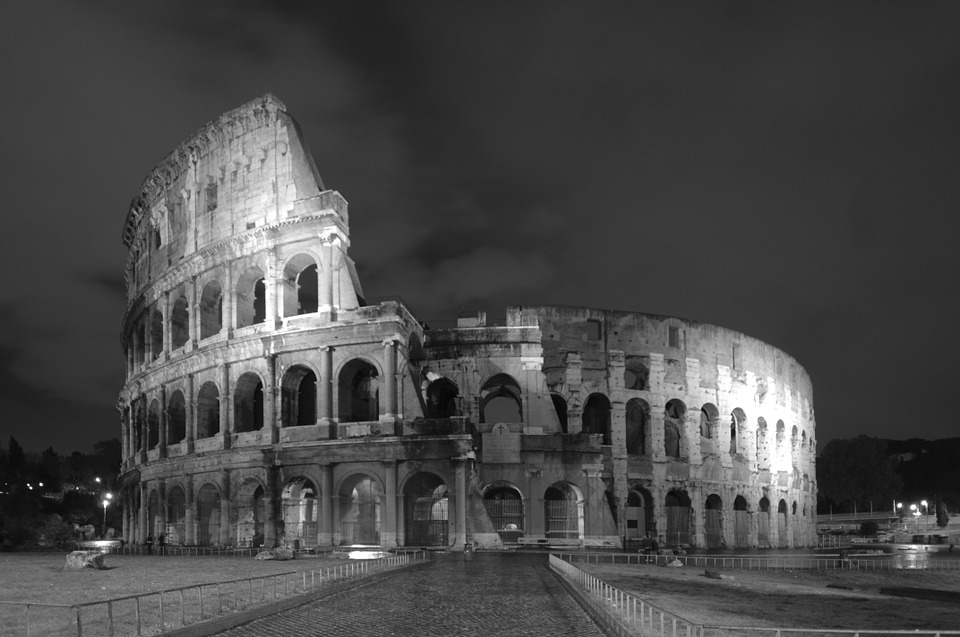
Beginnings of Concrete
The Latin word “concretus” means compact or condensed and the perfect passive participle “concrescere” means “to grow together”.
The first occurrence of cement was approximately 12 million years ago. This was concrete not produced by humans (it definitely wasn´t ready mix concrete) but it was a deposit of cement formed after processes that underwent between oil shale and a bed of limestone which burned due to natural causes.
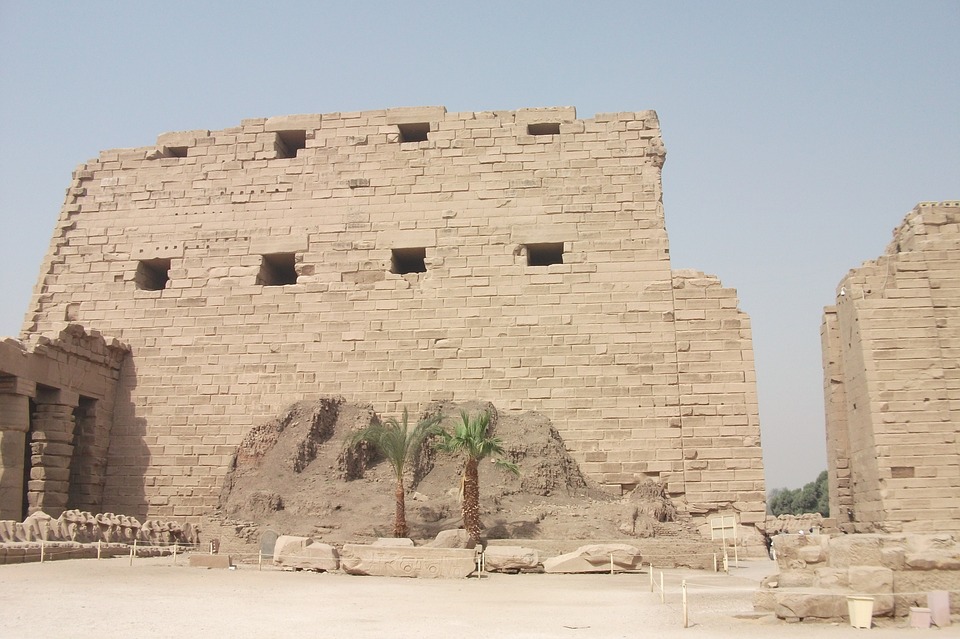
First know concrete build by humans was around 6500 BC by the Nabataea traders (Bedouins) in the parts of southern Syria and northern Jordan. They used concrete-like materials (discovered self-cementing properties of hydraulic lime), mixed mortar out of theses and built concrete floors, rubble-wall houses, and underground waterproof cisterns. Few of these prehistoric structures survive to this day.
Classical Era of Concrete
It dates back to Roman and Egyptian times when it was re-discovered that adding volcanic ash to the concrete mix allows it to set underwater. The Romans also added horse hair to make concrete less liable to crack and added blood to make it more frost-resistant.
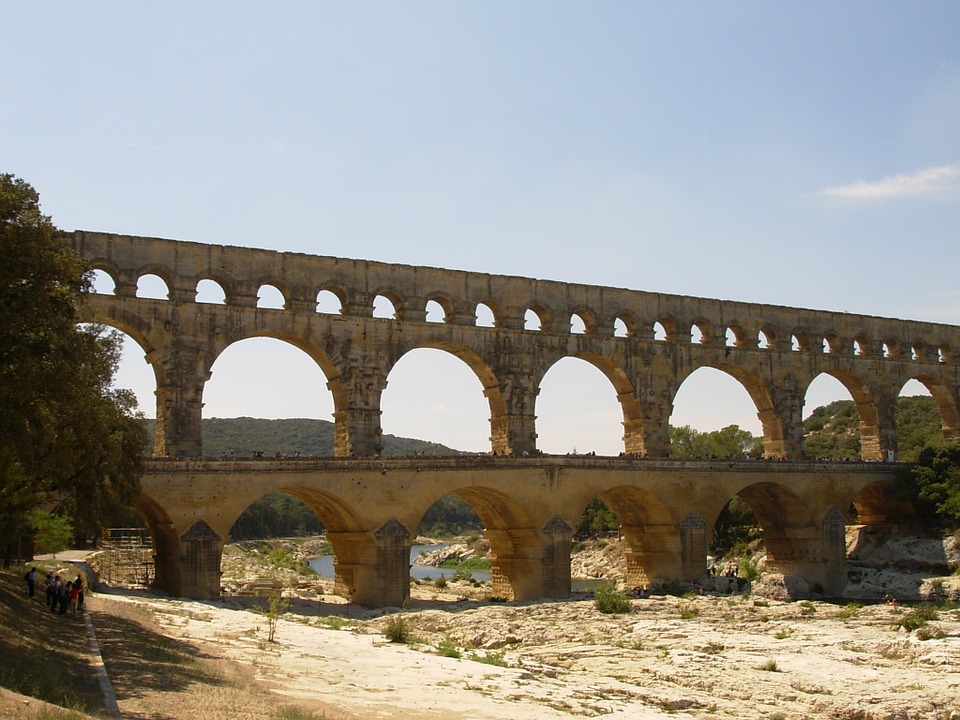
The Greeks used concrete floors (made of lime and pebbles, not floor screed as we use now) e.g. in the royal palace of Tiryns which dates to 1400 – 1200 BC and lime mortars were widely spread throughout the whole Greece (e.g. Pantheon), Crete and Cyprus.
The Roman Architectural Revolution introduced new designs (in both structural complexity and dimension) into the world of concreting. They used concrete for more than 700 years and during this time it consisted mostly of pozzolana, quicklime and pumice (as an aggregate).
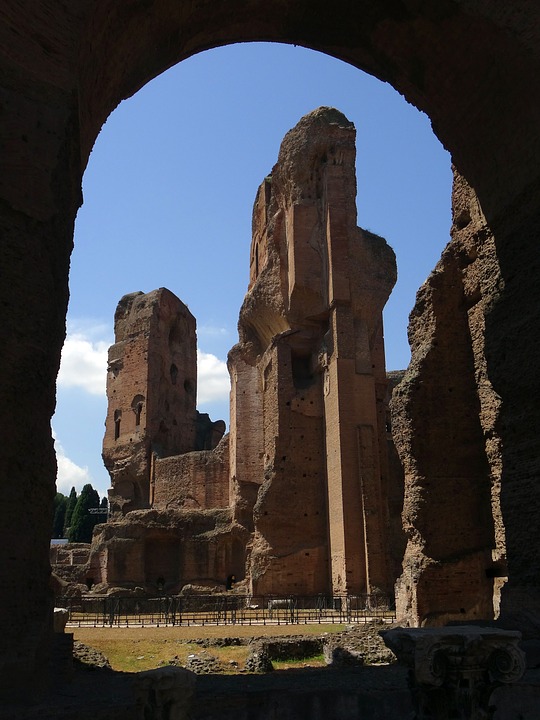
Middle Ages and Industrial Era
Middle ages are important because of the return of cement (still not that one we use nowadays). The use of pozzolana and burned lime was reduced and later (5th – 14th century) it was forgotten to use these as binding materials.
Industrial era began (some historians say) with the building of Smeaton´s Tower which was built by John Smeaton who used pebbles and powdered brick (as aggregate) and mixed it with hydraulic lime and cement.
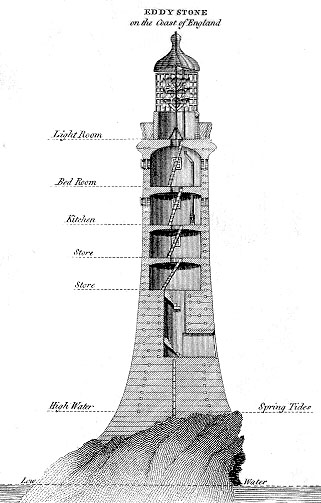
Joseph Apsdin patented the method of producing Portland cement (or Ordinary Portland Cement - OPC) in 1824. Joseph Monier added reinforced materials into concrete in 1849. This type of concrete was used to build the first reinforced bridge in 1889.
The concrete we know nowadays is largely based on the legacy of Joseph Apsdin and his Portland cement. But many concrete producers came up with new and quite specialised cements (see here) which they use in their concrete screeds.
Just more interesting facts:
* Roman concrete differs from modern structural concrete in its mix consistency. Romans used more solid concrete that required hand layering and the placement of aggregate (consisted of rubble). Concrete in our times is homogenous and fluid that allows it to be poured into forms.
* Reinforced steel gives great strength in tension which Roman concrete didn't have. Its tension resistance was fully dependent upon the strength of the concrete bonding.
categories
latest posts
services
Mister Concrete serves domestic, commercial and industrial clients delivering high quality certified ready mix and onsite mixed concrete.
Get in touch with us now
Do not hesitate to use our contact form or give us a call and one of our professionals will be happy to help.
comments